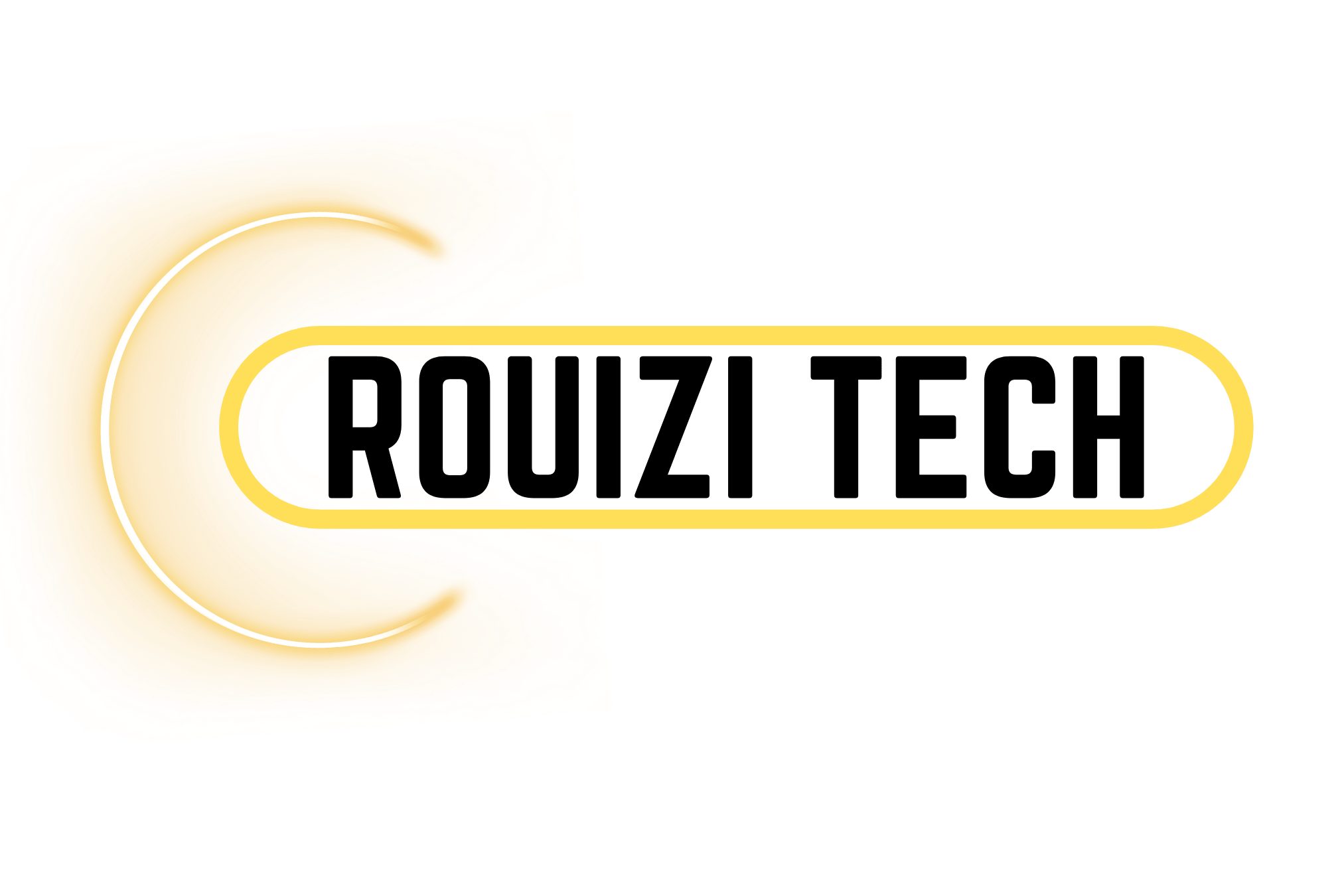Finding Hot Selling Products to Sell
Finding Hot Selling Products to Sell
Identifying Hot Selling Understanding consumer demand is critical for identifying profitable products for online retailing. This entails determining the long-term market demand and competitiveness for a specific product.
To find the answers, extensive research is required. However, it is vital to be aware of many shortcomings that could lead to incorrect perceptions of high demand. Finally, when a customer wants to purchase something, we must comprehend and meet their needs, desires, and expectations. These three components are known as the basic requirements or minimum conditions for a successful transaction. Needs are the fundamental reasons or minimum requirements that purchasers seek in a product or service. They act as "gatekeeper" dimensions in a purchasing decision. Wants, on the other hand, are the deciding factors among several possibilities. Expectations are intangible aspects associated with a product. a product or service is part of wants as well, but they become more essential when products or services lack distinction.
For example, university students look for pertinent logic principles, easy language, ease of learning, and cost in a logic book. These ideas can also be applied to online sales. After all, the internet is just another marketplace for selling goods. Regardless matter the media, the underlying principle of demand stays the same.
The level of competition or market share that your product will have is the second factor to examine when identifying "hot" things to sell. Market share is the proportion of your brand's sales to overall market sales. While businesses may identify their target competitors, it is ultimately the consumers who decide the competitive landscape by purchasing relevant items or services. As a result, we must select a market niche in which we can build a possible leadership position or at the very least be a strong rival. The fundamental goal of entering this industry is to not only meet the demands and desires of our clients but to do so more profitably than our competitors. Otherwise, our competitors will outperform us in meeting client requests.
The general level of interest in the product is the third criterion to examine when identifying hot-selling products. General interest assists us in determining where our demand and competition stand in the larger context. If there is little demand and competition, it may signal that the product is not fit for sale. However, the investigation does not stop there. Another factor to examine is how similar products are advertised by others. If a large number of competitors are advertising a particular product, it may signal that it has the potential to be a profitable option. To make informed judgments, all acquired information on demand, competition, and advertising must be analyzed and evaluated in the final phase of the process.
At this stage, several elements or aspects must be measured: (a) insufficient demand implies a lack of potential buyers; (b) excessive competition leads to insufficient profitability; (c) excessive advertising raises the cost of pay-per-click ads and intensifies competition, and (d) insufficient general interest combined with low demand indicates an unfavorable market, even if there is competition attempting to make sales.





.jpg)


